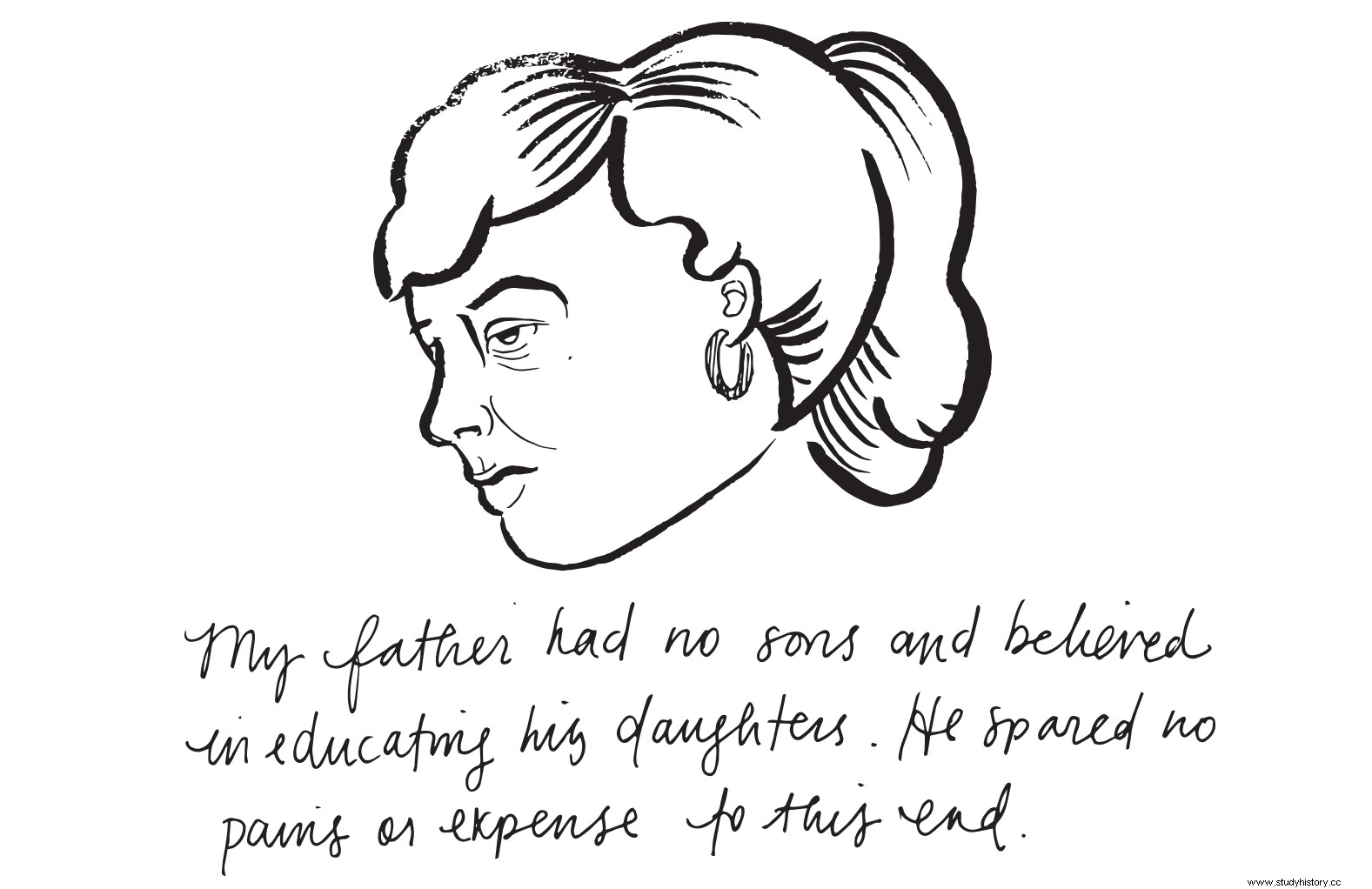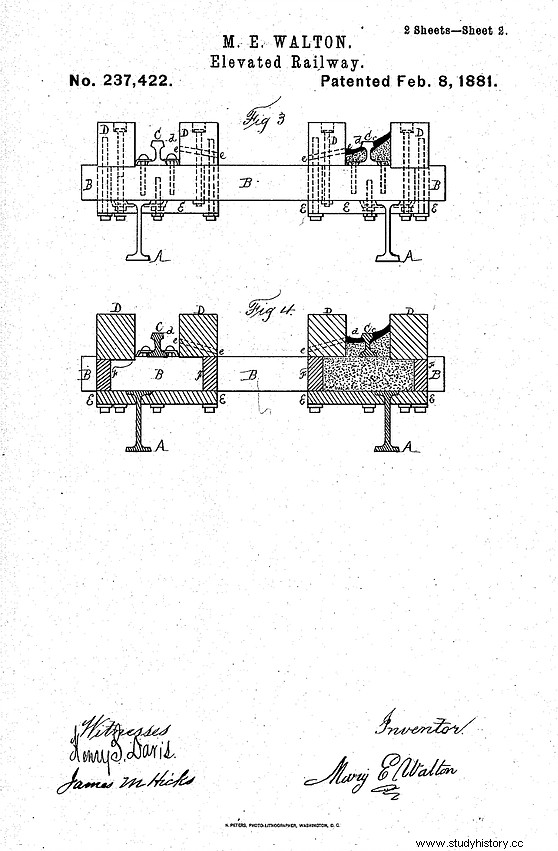Although the former president of the United States, Thomas Jefferson , already sounded the alarm about the increase in temperatures and its possible consequences at the end of the 18th century, in fact for years he was recording the daily temperature, the average temperature, weather phenomena and anomalies in a personal diary, it would not be until a few decades ago when we began to seriously consider this climate change caused by human activity, especially by atmospheric pollution. It seemed as if society had assumed that pollution was the price we had to pay for development and progress. But at the end of the 19th century, an American woman, Mary Walton , she has already developed a system to drastically reduce the environmental impact caused by industrialization.

The Industrial Revolution came to the United States in the middle of the 19th century as an echo of the Industrial Revolution that occurred in Great Britain and the rest of Europe at the end of the 18th century. The economy was revolutionized, the population moved to cities where factories offered work, immigration from the rest of the world increased exponentially, society was transformed... and the skies of the US began to know what pollution was. In 1879 Mary Walton devised a system to reduce harmful gases and elements that were released into the atmosphere through the chimneys of factories, homes and locomotives -registered with patent number 221,880-. This innovative system consisted of passing the smoke through tanks or water containers, where the pollutants were retained and then discharged into the sewage system (nobody said it was perfect).

Another type of pollution that began to be experienced with the development of cities, and that we are still suffering from today, was noise pollution (what has always been called excessive and annoying noise). Well, to be honest, it would have to be said that they already had it in Rome. In fact, in 45 B.C. Julius Caesar came to prohibit the circulation of cars through the city during the day -official vehicles were allowed-. It wasn't perfect either, because let's see who was the handsome one who slept with the vehicles passing by at night. That is what the poet Marcial complained about in one of his Epigrams...
Do you want to know why I often go to my little farm and my poor house in dry Nomento? In Rome, the poor can neither think nor rest. […] Exhausted from boredom, when I want to sleep, I go to my farm.
Progress also brought the installation of elevated trains that crossed the big cities. And Mary lived in one of them, in New York. At the same time that distances were shortened, cases of insomnia and nervous breakdowns caused by living under or next to elevated railway tracks increased. So, Mary got to work. In the basement of her house he built a model of the tracks to study how to reduce noise. After several months she hit on the key:cover the rails with a wooden shell lined with cotton and filled with sand that absorbed vibrations and therefore reduced noise. In 1891 she registered the patent with the number 327,422. Later, she sold the rights to the New York Metropolitan Railroad, resulting in quieter trains and a more livable city.

Image:Mary Walton
